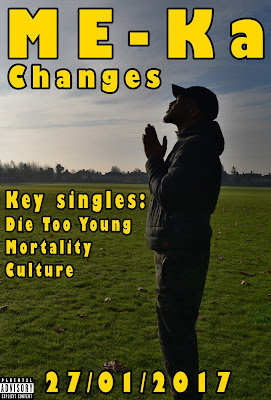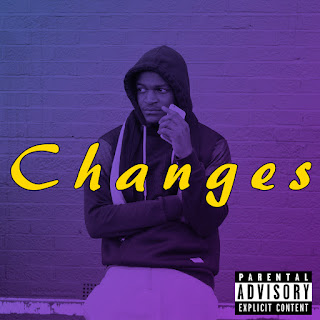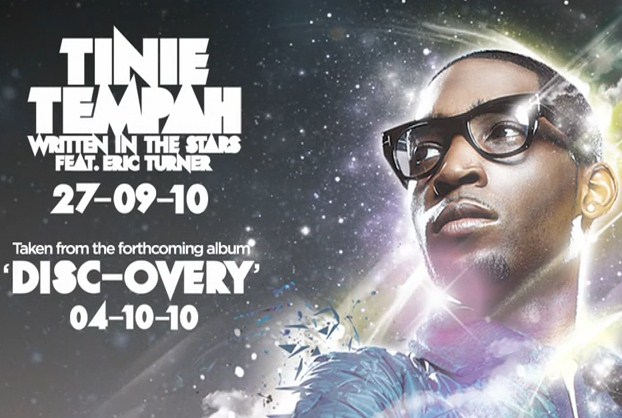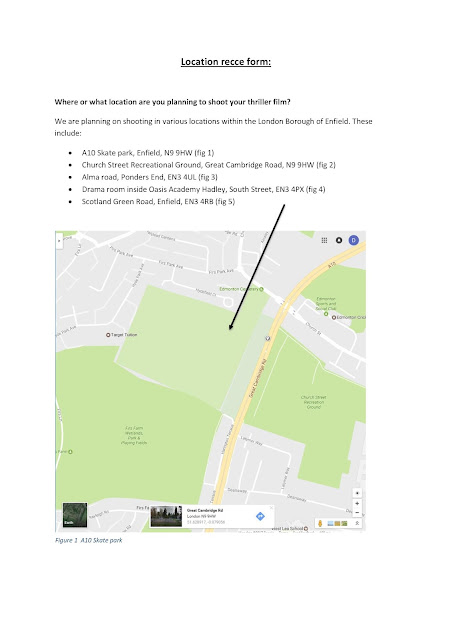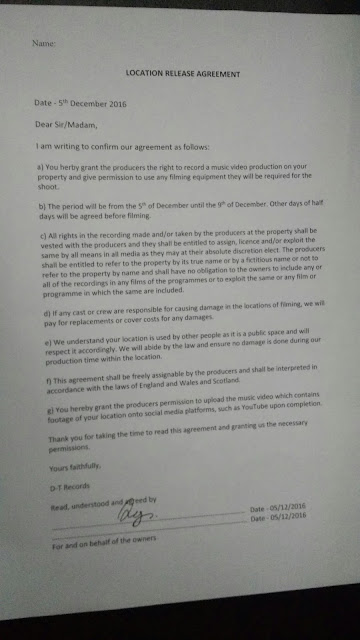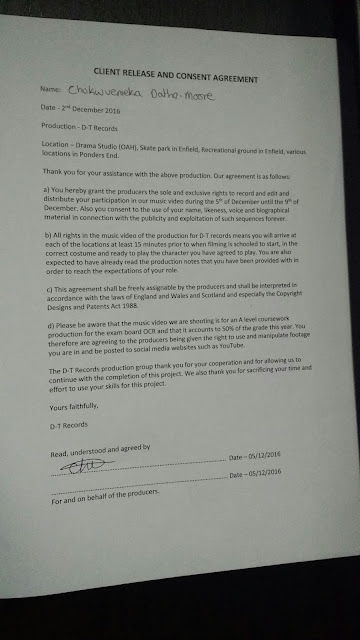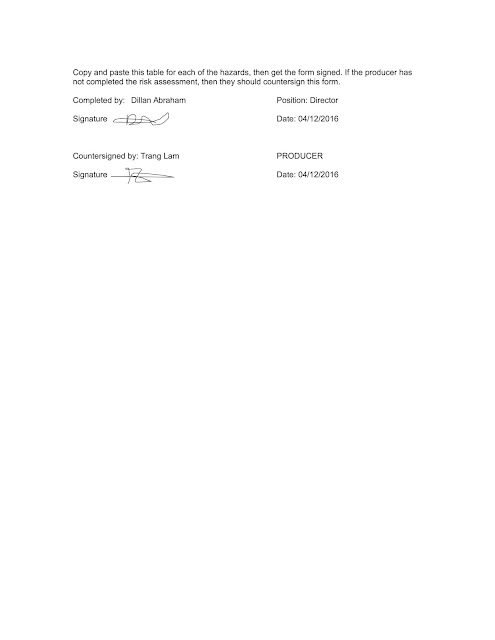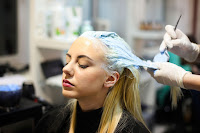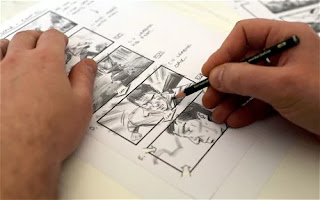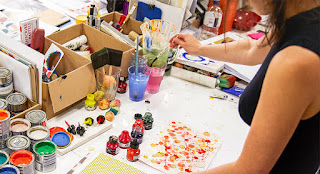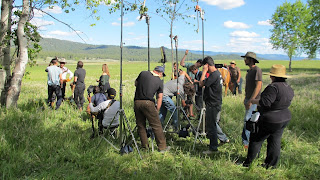Once we identified the details that we associated with our music video and advert such as the artists name, album title, key singles, release date and other generic conventions associated with the advert, we created drafts of our advert. This allowed us to make numerous changes after receiving feedback from our target audience, this helped us make the final advert effective and suitable to meet the target audience's standards, encouraging them to promote the album through either word of mouth or social media, which would make more people aware of the album. We identified the importance of an advert as it will be exposed to a mass audience and is used to encourage them to buy a product. Therefore, we understand that the presentation our advert and use of conventions are vital to ensure the album and artist's success.
Draft 1:
Analyse your use of conventions using PEER:
- An image is included of my main artist who is wearing dark clothing and a hat, he is not facing the camera and is looking up. This is portrayed in a long shot cropped down to a portrait shot to fit the size of an advert. This is conventional as it gives off the theme of hope and makes the artist look mysterious.
- The background image is very simple with only the grass, some trees and the sky to be seen, this is so the artist is the focal point of the image.
- The layout of the information is neat and the information does not look too cluttered. This draws the audience to the advert as there is not too much to read on the advert.
- The information I have included is conventional which is the artist name, album name, key singles, the release date as well as the parental advisory label. This information is all relevent to the proper release of the advert and is therefore conventional so the audience are aware of the most important things.
- No sub images are included, this is to avoid confusion.
- The unconventional part of this advert draft is the theme of hope and the lack of star image on this advert as the artist is seen looking up and appears to be praying.
- Adorno and popular culture - The advert generally follows convention to appeal to a mass audience, however the image of the artist is unconventional as he is not appealing in the advert due to not looking into the camera which is conventional. The advert is targeted for the masses but due to it being the genre of hip hop it may not appeal to the bourgeoise.
- This advert allows my artist to promote their different ideologies and values as he is dressed as a typical young working class male and can be seen as promoting the idea of hope.
Audience feedback - Natalie, 18.
What did you like about it?
Image is very interesting and shot well
Typography is clear and is consistent with digipak as well
Release date, artist title and album title is clear.
What did you not like about it?
Cannot see artists face
Typography colour does not go well with the image
How can it be improved?
Consider changing typography colour
Consider changing image as artist image is not clear of who he is.
Add where I can stream and buy the album
Draft 2:
Analyse use of conventions using PEER
- I have included an image of my artist and he is looking away, this shows that he is mysterious and can promote the idea that the audience should find out more about him.
- The artist image shows him wearing a hoody and tracksuit bottoms with the hood up, this is so that he is shown as a typical young working class male and therefore can relate to a mass audience and is he relatable to the target audience.
- The typography can be seen as promoting the theme of sadness and death, which are the themes of the album although there are others.
- The advert itself is in black and white or grayscale, this is to show how varied the album is as white could represent purity and innocence while black could represent darkness and have negative connotations.
- The fonts and the information on the advert is clear and and neat , there is little information on the advert itself so people can stop to read it easily.
- The language I have used is simple so that our target audience who are mainly working class people are able to understand it properly.
- There are no sub images, confusion is prevented this way.
- Adorno and popular culture - this follows popular culture as it is a conventional advert with simple imagery and text and therefore appeals to a mass audience. The image of the artist is typical for the hip hop genre and a lot of the audience can be drawn in this way. The advert is targeted for the masses but due to it being the genre of hip hop it may not appeal to the bourgeoise.
- Dyer's star image, star image is evident in this advert as the artist is clear in the advert so he can become a recognisable brand.
Audience feedback - Daniel, 20.
What do you like about it?
The black and white editing is done well as it is not too much of either
The artist image is clear
I can see where I can buy and stream the album
What do you not like about it?
The typography is a bit too dark and does not clearly contrast with the background image
The layout is cluttered
How can it be improved?
Change the colour of some of the text
The key singles should be clearer
The layout should be spread out more
Conclusion:
In conclusion, the drafting process has been vital as it has helped us develop our product further based on the feedback we received. We were able to make some changes and come to a decision on which draft we were to use. Our final advert was conventional enough to appeal to the mass audience and our target audience and certain parts of it such as the clothes the artist wears and the editing used on the advert allowed for us to target niche audiences. We picked draft 2 as we thought it was extremely important to promote our artists star image to ensure he becomes a well known brand, especially as it is his debut studio album. If we had not drafted our advert we may have made an unsuccessful advert which would not have reflected our genre and may not have reached the target audience the way we had hoped for.
